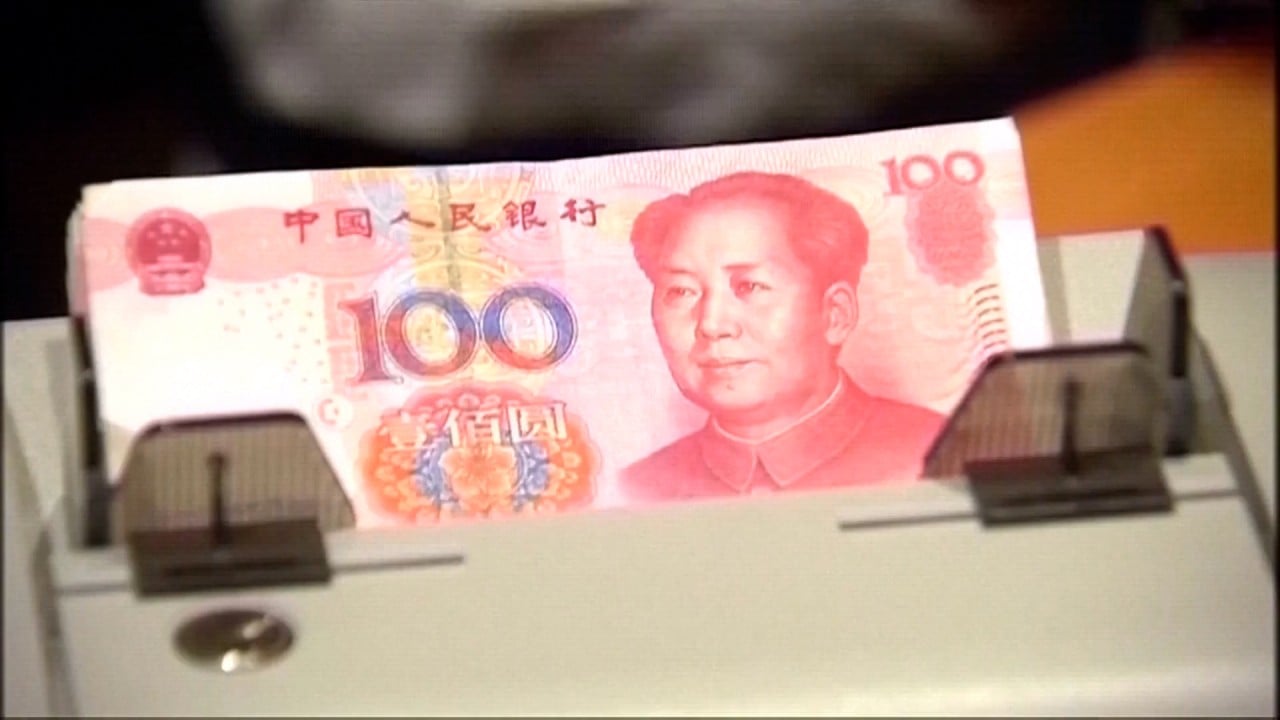The View | Little sign of China decoupling from the rest of the world
- The key reason for slowing import growth is the diminishing role of the processing sector. But imports that feed domestic consumption will continue to rise, with Southeast Asia particularly well-placed to benefit

Not obviously, our analysis shows. It is true that the importance of international trade to China’s economy has declined since the mid-2000s. The ratio of exports to gross domestic product fell to 18.6 per cent last year, from 36 per cent in 2006. China’s economy is increasingly dependent on domestic demand.
The decline in the share of external trade was driven by two factors: relative price changes and the economy’s outgrowing of international trade. Since the 1990s, the prices of exports and imports have grown more slowly than domestic prices.
And, after outpacing China’s GDP growth for a long time, trade volume increases have recently started to lag, with exports trailing since the 2008 global financial crisis and imports beginning to lag more recently.
But this decline in the importance of trade doesn’t necessarily say much about Chinese growth becoming more inward-looking. To assess this, we should compare import growth with spending in the economy.

